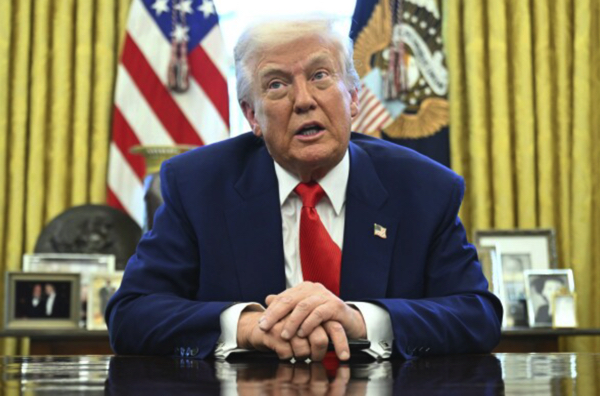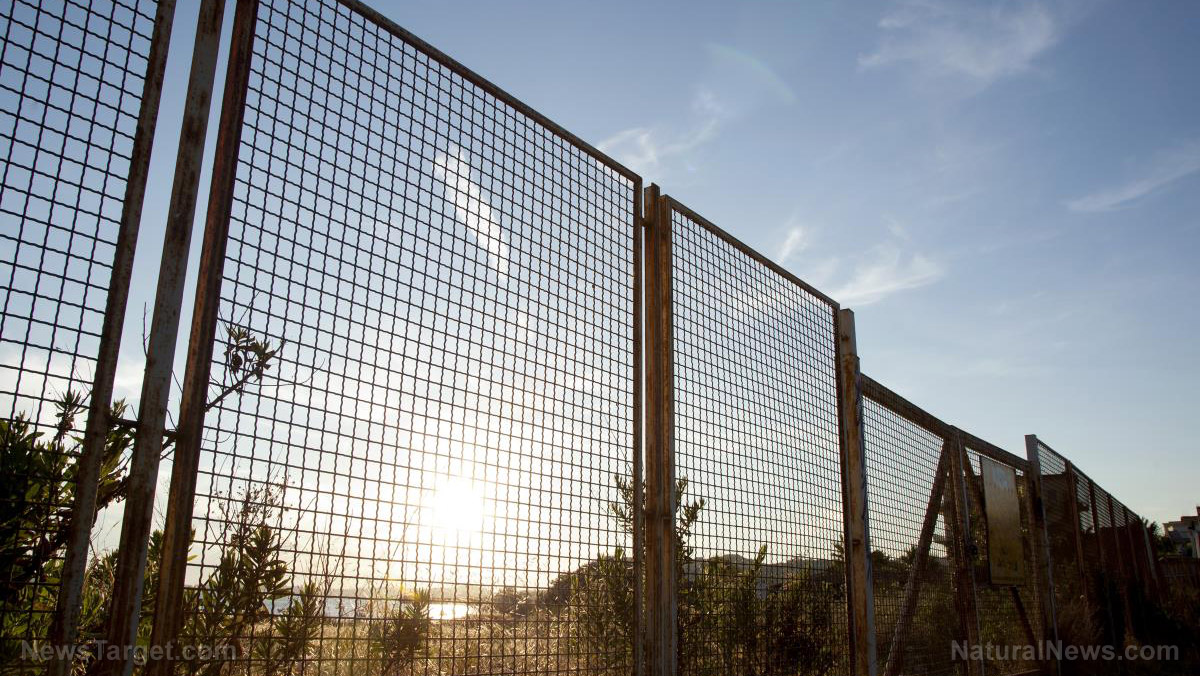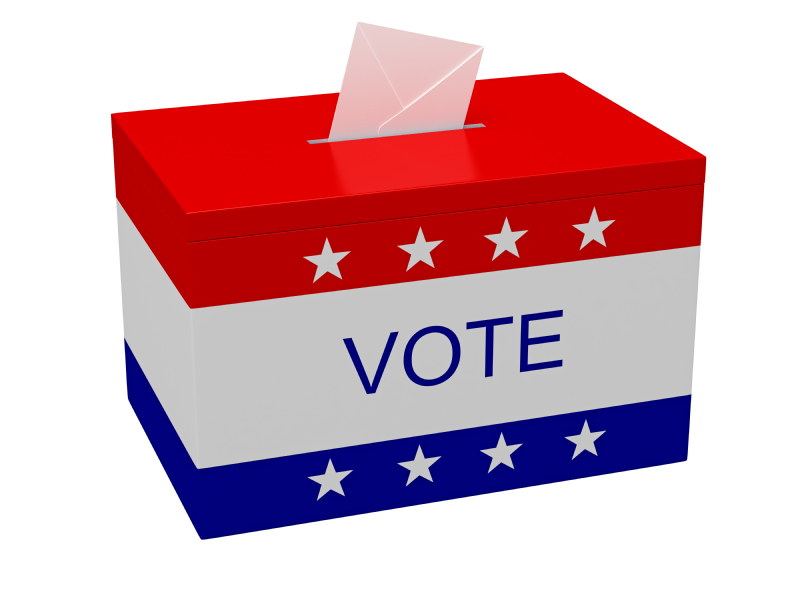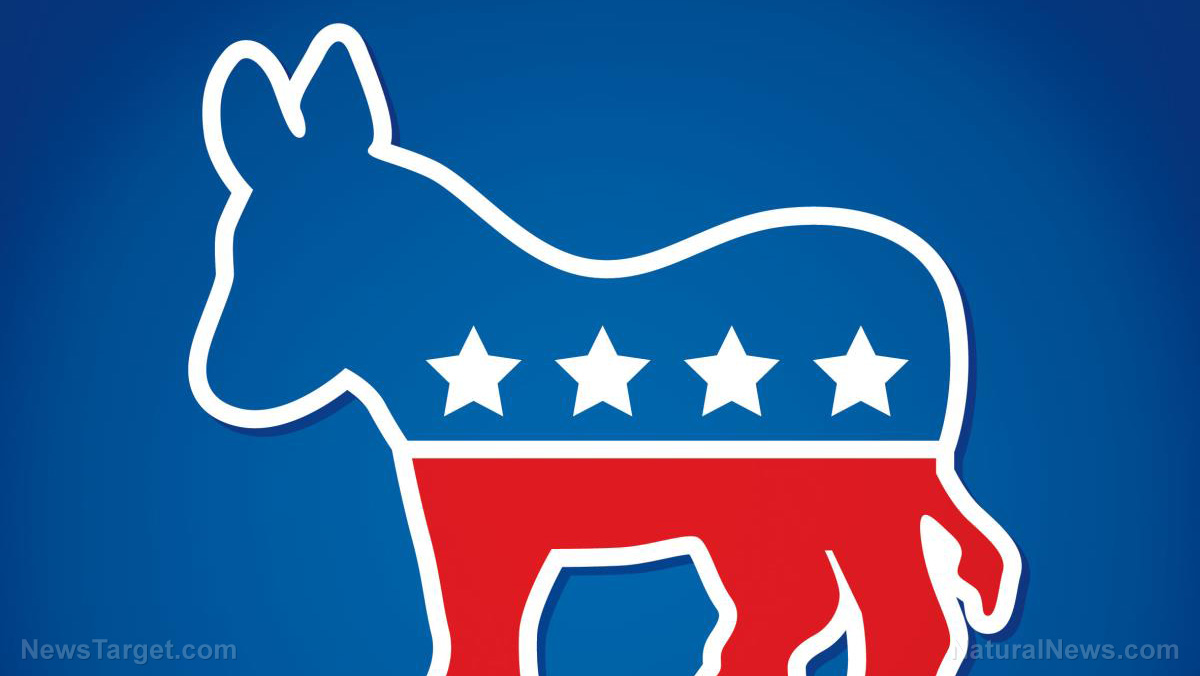 Parler
Parler Gab
Gab
- U.S. blue-collar real wages surged 1.7% in the first five months of 2025 — highest increase since 1969.
- Treasury Secretary Scott Bessent credits policies targeting illegal labor and manufacturing incentives for the growth.
- Analysts warn of labor shortages in industries like agriculture and construction from reduced immigration.
- The “One Big Beautiful Bill” aims to add 6 million blue-collar jobs and eliminate income taxes on overtime pay.
- Historical data shows all presidents since Nixon saw lower or stagnant blue-collar wages compared to Trump’s recent surge.
Driving the shift: Immigration enforcement and manufacturing revival
A key factor in the wage surge is stricter enforcement of immigration laws, which Treasury Secretary Scott Bessent claims reduced labor supply pressures. In a June 17 podcast appearance on Pod Force One, Bessent linked the gains to Trump’s “America First agenda” and border policies designed to end “illegal migrant competition for jobs,” a point emphasized by the president himself in a June 15 speech: “They’re robbing good-paying jobs and benefits from hardworking citizens.” Economists note reduced low-wage labor competition has forced employers to raise pay. A March labor deal at a major meatpacking firm — an industry heavily reliant on migrant labor — resulted in $10 rise in average wages for 26,000 hourly workers. However, The Conference Board warns that mass deportations of 1 million unauthorized workers annually could strain sectors such as construction and agriculture. Analyst Steven Camarota adds businesses may “restructure” operations via automation or training programs if labor shortages persist.Policies fueling prosperity: Reversing offshoring and tax reforms
The Trump administration’s economic strategy includes tax incentives for factories to stay in the U.S. and lower taxes for over 80 million hourly workers. The One Big Beautiful Bill, pending Senate approval, would eliminate federal income taxes on overtime pay—a move Bessent calls a “double whammy” for blue-collar families. Tax cuts on tips and manufacturing incentives could add up to 6 million jobs, Bessent added, reversing 40 years of offshore outsourcing. Historical context underscores the rarity of these gains. From Reagan to Obama, real blue-collar wages dropped annually; under Biden, they surged temporarily in pandemic-era stimulus but collapsed again in 2022. “Until Trump, no administration since Nixon achieved sustained growth here,” Lavorgna said. “The difference is literally quiet borders and putting factories in Ohio over Mexico.”Challenges ahead: Balancing wages with labor shortages
While economists applaud rising wages, risks loom. The Conference Board cautions that reducing the labor pool could accelerate inflation in service sectors. A post-pandemic tilt toward automation, if rapid, might also displace portions of the low-skill workforce. Bessent’s treasury, however, insists market signals will solve shortages: “If labor gets expensive enough, employers will train workers or innovate.” Union leaders remain skeptical, arguing automation stifles long-term job security. “This isn’t a win for workers—it’s a Faustian bargain for policymakers,” said AFL-CIO spokesperson Pat Burke.Path forward: Could 6% blue-collar hiring outpace problems?
As the Senate debates the One Big Beautiful Bill, supporters say its job-creation mandate will offset labor shortages and solidify wage growth. Provisions like $30,000 tax breaks for domestic manufacturers and expanded apprenticeship grants could add to the 4.1 million manufacturing jobs created under Trump’s first term. For now, workers like machinist Jameson Cooper of Ohio see tangible gains. “I got a $2.50/hour raise last month,” he said. “This feels different from past ‘booms’ when companies just fired us or sent my job to Columbia.”A tipping point for U.S. labor markets
The 2025 wage data marks a pivotal moment for blue-collar America—one where stricter immigration controls, manufacturing incentives and tax breaks for work ethics are delivering results unmatched in modern history. While challenges like labor shortages and automation remain, policymakers are gambling that rising wages and reshored jobs will cement electoral loyalty. For now, Trump’s base sees the trend as proof: their president is returning “the middle class to power.” As markets brace for the One Big Beautiful Bill’s final vote, the question remains whether this boom represents a lasting turnaround — or merely part of the administration’s volatile economic gamble. Sources for this article include: YourNews.com WhiteHouse.gov NYPost.comPentagon to expand military presence along southern border with two new defense zones
By Laura Harris // Share
By Lance D Johnson // Share
By Finn Heartley // Share
Report: Five major hospitals defy Trump order, continue child gender transitions
By Belle Carter // Share
Governments continue to obscure COVID-19 vaccine data amid rising concerns over excess deaths
By patricklewis // Share
Tech giant Microsoft backs EXTINCTION with its support of carbon capture programs
By ramontomeydw // Share
Germany to resume arms exports to Israel despite repeated ceasefire violations
By isabelle // Share










